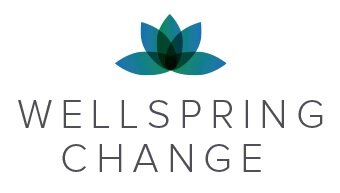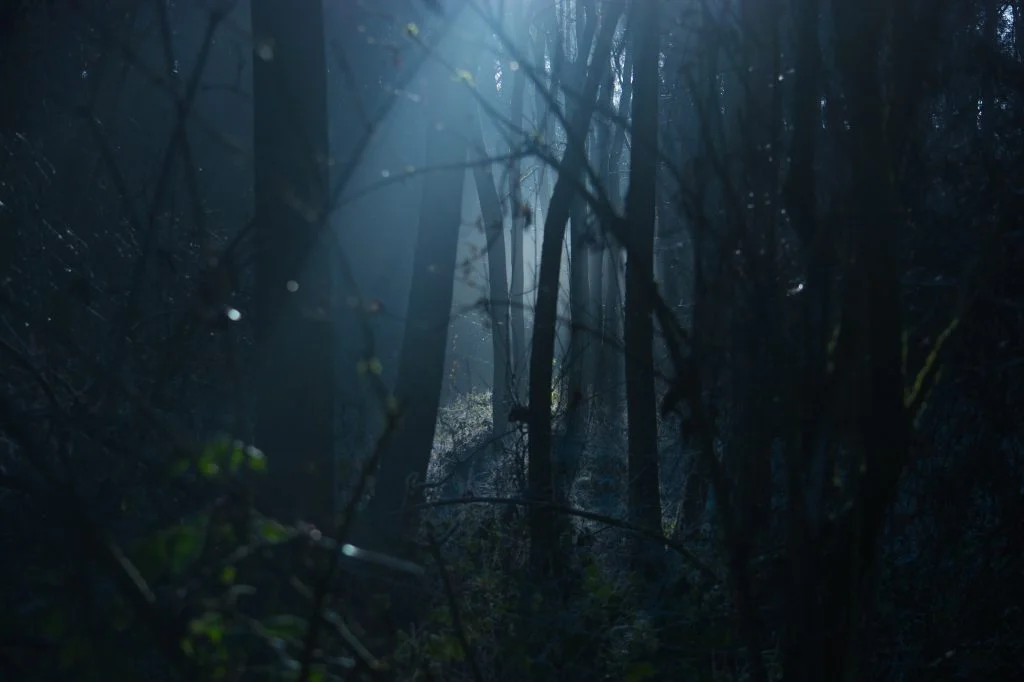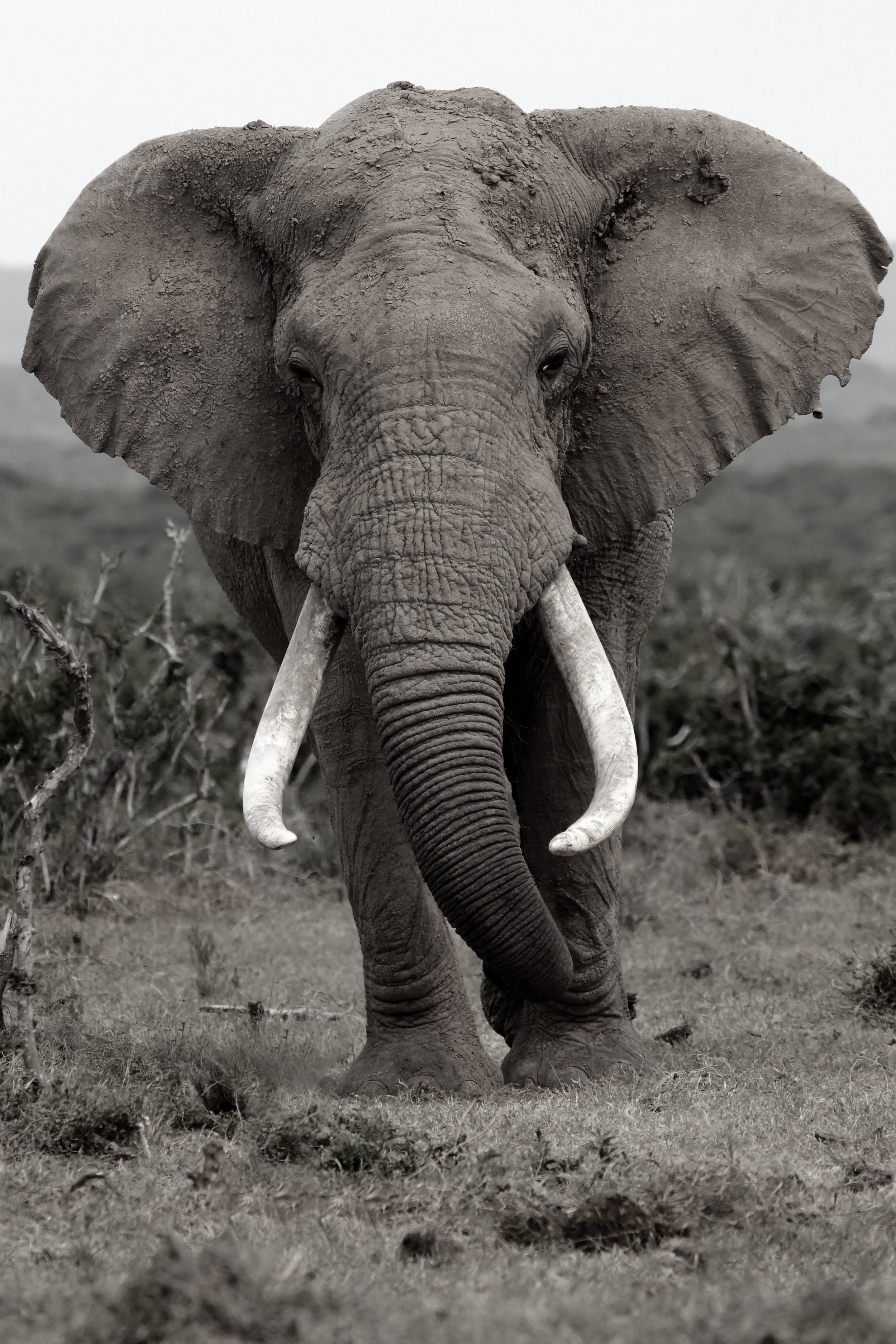I hope you enjoy this article; it explains my constellations counselling practice, my intention is for readers new to this approach to get an understanding of the work, and hopefully to want to find out more.
Constellations-counselling[i] offers a whole-person way of understanding clients’ life issues. It’s like starting with a 2-dimensional image of the issue, my client and I then add layers of further context, for example a client’s family-of-origin history. In so doing, together we co-create an evolving 3-dimensional picture. We’re interested in the most influential systems, people or events that have been formative in the question at hand – what seems to be maintaining the status quo that the client wants to address.
As humans, we belong to many systems: the family of origin, work, cultural background, spiritual or religious practices, our ancestry etc.
Sometimes people ask: “does this work have anything to do with constellations and astrology?”. In astrology, constellations are formed of a myriad of stars, planets, moons in continual movement and orbit. Gravitational pulls exert their influence on the whole system, and so it is with human beings: we belong and are related to multiple systems, their ‘gravitational pull’ on us is sometimes obvious, sometimes less so with subconscious forces at play.
Embodied work
I encourage not only talking about, but also experiencing the client’s world in an embodied way. One of the drawbacks I found as a person-centred counsellor was that sometimes we’d be recycling old stories through talking. When we introduce our bodies’ wisdom however and all our intuitive ways of knowing, we start to reveal the root cause of issues.
Mapping a client’s emotional geography
I use the metaphor of an emotional landscape. Constellations counselling is layered, it’s not about one-off Eureka! cures, although there is often deep insight in a session. In my experience, it takes time and willingness to engage with the layers of a client’s emotional landscape; to see them, experience them and gradually integrate new ways of operating in the world[ii].
Clients often report they find the physical mapping of their story particularly helpful. Placing one’s story outside of oneself, enables viewing it afresh, more dispassionately.
As we do this, we also surface a client’s limiting beliefs and stories.
For example: a client had parents who were unavailable to properly parent, often distracted in their own affairs with little time for their children’s needs. The client experienced in a constellation that they were still seeking their parent’s approval into adulthood, unconsciously projecting the familiar story of their inner six-year old. We later saw this pattern repeated in other adult relationships with partners, or in their work context with their line manager.
Creating new narratives
Stories and behavioural patterns aren’t “wrong”, they’re normally a client’s natural survival strategies formed in often challenging circumstances. I tread with deepest respect around these stories. However, I also gently challenge and encourage my clients to create new narratives for the lives they wish to lead.
Many of us would probably recognise a ‘comfortably numb’ place of falling into habitual thinking that leads us down a negative spiral; there’s comfort in ‘better the devil you know’! You can read more about how disempowering these old patterns can be in my blog Taming the Wild Elephant.
When my client understands the impact of their stories and belief systems, and can make peace with them[iii], they become free to make new choices, to start new ways of thinking and to literally create new neural pathways in their brain.
Representation
So how do we get an embodied sense of what’s going on in a constellation?
We use ‘representation’. Basically, it means a person or an object representing someone or something in a system. In 1-1 work with a client, we’ll use felt floor markers, or sometimes Playmobile figures or chair work[iv] to physically see things in relationship to one another. I will often invite my client to physically stand on a felt floor marker (a representative place) and feel ‘what’s it like from that perspective?’.
I do the same too, with permission from my client I stand in different representative places, and we can sense the relationships and even dialogue from those positions.
‘What should I be doing?’
clients often ask when they’re new to this.
It’s not about Oscar-winning dramatic performances, there’s no training required to be a representative, we all have the ability to sense into another’s shoes. It’s one of the unique attributes of being human. I simply invite my client’s openness, curiosity and trusting inclusion of ‘what shows up’. I often say ‘you can’t get this wrong’.
The experience from different ‘representative’ places gives us a sense of how the system is functioning; it provides us with information about where things might be stuck: you may feel a sensation of being cold, stuck, engaged, heavy, disconnected, depressed, fearful, vital, happy, or nothing at all! It’s all valuable information about what’s in the field.
Clients are often surprised by how much information is available to us when we’re in a constellation, much of it very accurate, down to postures, facial expressions, even the way that words are spoken. And there’s no script.
Felt floor markers might ‘represent’ people in a family system, the squares male, the circles female. The notches represent the direction a person is facing.
Flow
When a system is in flow, there’s an ease we experience when we’re representing, everything or everyone has their right place, there’s contact between people, serendipity, a palpable sense of ease, love, we notice a balance of giving and receiving, parents look after children, there is good eye contact etc.
Conversely when flow is disrupted, we see and indeed feel it.
Playmobil figures used to explore a family system
Standing on a floor marker as a representative
Entanglements
The systems that we belong to can be complex: consciously or sub-consciously we’re in continual movement between belonging, a very human fundamental need, and the impulse to individuate and become more self-expressed[v].
The tension arises because as we individuate, we’ll probably challenge a system’s rules. A family system for example will organise itself to achieve as broad an integration of its parts, but it can also have the power to exclude or marginalise whatever threatens coherence.
For a lot of my clients their dis-ease stems from excluded people or events.
Why do my needs seem to come second to everyone else’s?
The structure of a typical constellation counselling session.
The start
We start the session sitting. If it’s the intake session[vi] I explain how the session is structured, about constellations counselling, confidentiality agreements, housekeeping.
The session lasts typically 50 minutes, or 100 if a double-booking.
I may ask questions relating to a client’s intake questionnaire (this is the only time I’ll take notes)
The client shares what they’re wanting to work on, what’s brought them to counselling. If the issue isn’t clear, we work together to formulate it.
Setting up the constellation
We agree who/what are the key people/events most relevant to their work. Client maps that scenario, using felt markers or other objects.
We start simply, with just a few representative objects, then add layers is needed.
We observe the constellation, explore what we notice: who’s in relationship with whom, are there obvious issues: e.g. people not looking at one another, spaced far apart, or on top of the other.
Representing
We can physically represent in the constellation (as described earlier), to experience parts of the system, standing in the shoes of others.
Sometimes we’ll dialogue from different positions, other times physical gestures and body language suffice.
Homework: creating new habits and behaviours
We conclude the session with ‘what next’ agreements
We decide after the intake session whether we’ll continue to work together, if so for how many sessions, spaced over how many months
Together we reflect on insights and agree what habits, patterns and behaviours to focus on in-between sessions.
[i] Family constellations work was developed by the late Bert Hellinger who along with others 40+ years ago worked systemically with families, exploring a whole family system to understand the challenges facing an individual. Bert integrated his work as a family therapist with years as a missionary priest in South Africa, working with indigenous Zulu tribes. This strongly influenced family constellations approaches which often include our ancestors whether dead or alive.
[ii] This is the primary reason I ask clients to commit to working with me at least for 3 sessions, spaced about one month apart.
[iii] Constellations work is not about getting caught up in who were the victims or perpetrators; the baddies and the goodies! I try to facilitate my client to start to see all the people and events in their systems, as having their place, their reason for being that way. To that extent, a lot of the work is about seeing things as they truly are and reaching a place of forgiveness.
[iv] This is where I invite my client to sit in a different seat in the therapy room and experience the same situation from another person’s perspective, e.g. “how is it if you sit here in the place of your daughter?”
[v] Clients are invited to complete an intake questionnaire setting out some relevant personal information, history, family of origin details, current family and outlining what they’re seeking to work on
[vi] Carl Rogers, the grandfather of person-centred approaches, called this self-actualisation



























